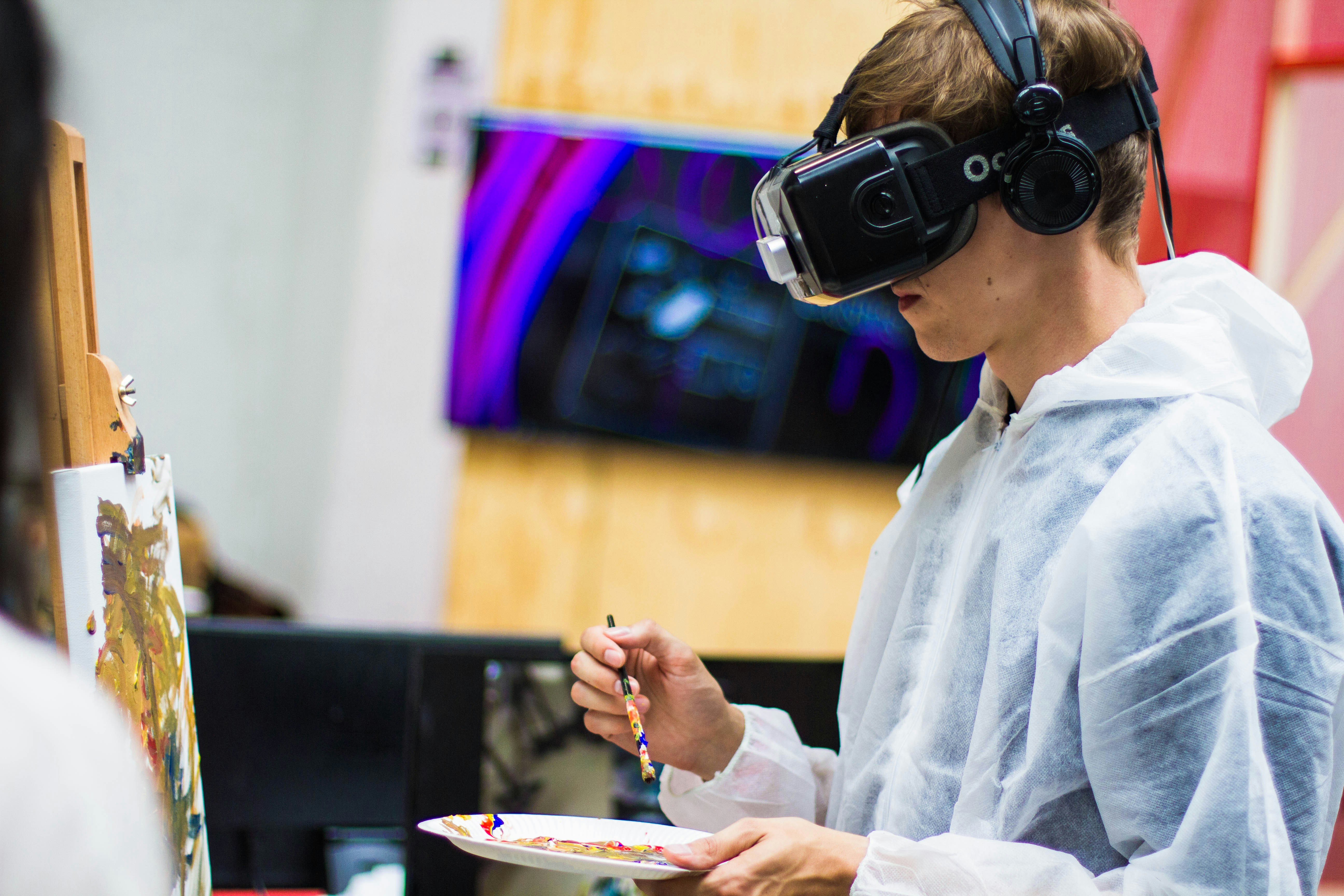The Rise of Experiential Learning through Virtual Reality in Education

Enhancing Classroom Experiences with Virtual Reality
Virtual reality (VR) technology has revolutionized the way educators engage students in learning by providing immersive experiences that stimulate various senses.
The Benefits of VR in Education
VR allows students to explore historical sites, dive into the depths of the ocean, or even travel to outer space without leaving the classroom. This hands-on approach enhances retention and comprehension of complex topics.
Practical Implementation Tips
Integrating VR into the curriculum can be as simple as using affordable VR headsets with educational apps or partnering with VR companies for customized content. Teachers can create interactive lessons that cater to different learning styles and abilities.
Case Study: Biology Class Field Trips
A high school biology teacher incorporated VR field trips to ecosystems around the world, allowing students to observe animals in their natural habitats and grasp ecological concepts firsthand. The result was a significant increase in student engagement and understanding of biodiversity.
Fostering Collaboration and Critical Thinking Skills
VR also promotes collaborative learning as students work together to solve problems within simulated environments. This fosters teamwork, communication, and critical thinking skills essential for success in the digital age.
